Chris Graeter
Reviews By Author
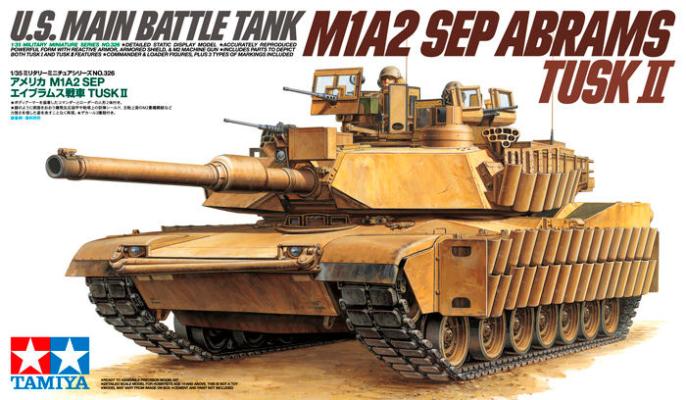
|
M1A2 SEP Abrams TUSK IIPublished:
HistoryThe M1 Abrams tank has been in service since 1980. Since that time, it has been upgraded with multiple improvements. The first M1's where fitted with the 105mm rifle gun. An upgrade to the 120mm smoothbore gun resulted in the M1A1 in 1985. By 1992, the M1A2 was produced that possessed upgrades in its optical, fire control, and data link systems. The end of the Cold War meant new M1A2 production was halted at just 62 tanks, but 566 existing M1A2s were upgraded to the M1A2 standard between 1994 and 2001. Upgrades continued after 2001 with the M1A2 SEP (Systems Enhancement Package). During the occupation period following the 2003 Iraq War, the number of tank losses suffered by the U.S. military was surprisingly greater than that which was inflicted by the regular… more |
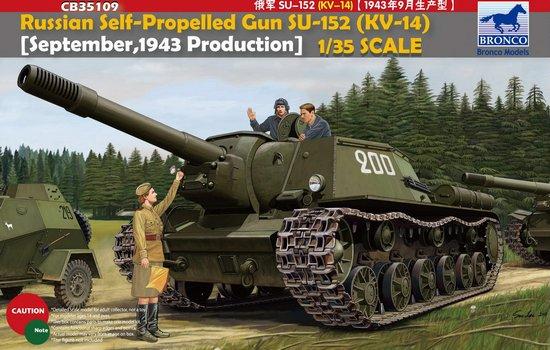
|
Russian Self-Propelled Gun SU-152 (KV-14)Published:
HistoryThe Red Army entered WWII with most of its heavy artillery drawn by horses, making its movement slow and vulnerable to attack. The KV-2 assault gun was built to address the need for mobile artillery, but it was unsatisfactory as a fighting vehicle, mainly because of its large and overweight turret. It was therefore decided to replace the KV-2 with a new vehicle based on the KV-1S chassis. But instead of a turret, the 152mm ML-20S gun-howitzer would be mounted in a low-profile casemate. Several designs were put forward, but the KV-14 showed most promise and was further developed into the SU-152 by February, 1943. This self-propelled gun weighed 45.5 tons and had armor up to 75mm thick; powered by a 600bhp V-2k diesel engine, it had a top speed of 43km/h. It was built at… more |
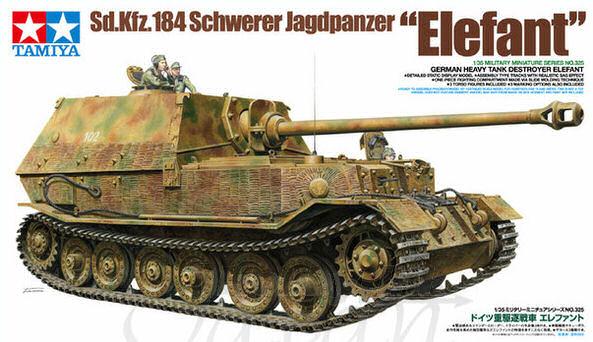
|
Sd.Kfz.184 ElefantPublished:
HistoryThe Elefant came into being from improvements made to the tank destroyer Ferdinand. After the battle of Kursk, surviving Ferdinands from sPz.Jg.Abt.654 were consolidated into sPz.Jg.Abt.653. The unit withdrew to St. Polten in December 1943 for overhauls and modifications, which included the addition of a machine gun at the radio operator's position, a commander's cupola, new tracks, rain gutters on the front of the superstructure, and new armored engine grilles. A Zimmerit coating was also applied. These modifications coincided with Hitler's order to have the vehicles redesignated with the name Elefant. Elefants served on the Russia front, in Italy, and in the defense of Berlin. KitInside there are five sprues molded in tan plastic, four sprues in… more |
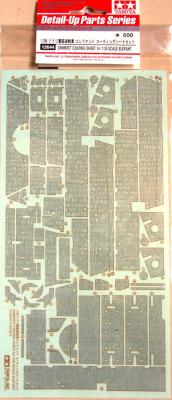
|
Zimmerit Coating Sheet for the Elefant KitPublished:
OverviewZimmerit coating was applied by the Germany army during WWII from 1943 on tanks as a way to defeat infantry personnel from being able to attach magnetic mines. Zimmerit was developed by the German company Zimmer AG. It was made up of polyvinyl acetate, sawdust, barium sulphate, ochre pigment, and zinc sulphide. Zimmerit was applied during production prior to the painting process since it did not adhere well to painted surfaces. The coating also featured ridge patterns to reduce the surface area that a magnet could attach to. Zimmerit was applied to Elefants when they were modified at the factory. Simulating Zimmerit on military models using putty requires advanced skills and is time-consuming. PackageTamiya is offering this set of Zimmerit coating… more |
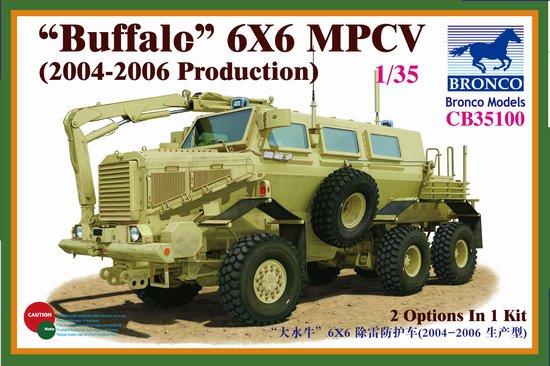
|
Buffalo 6x6 MPCV, 2004-2006 ProductionPublished:
HistoryThe landmine has always been a danger to troops traveling in unprotected vehicles, and this threat was taken to new levels by insurgent forces in Iraq and Afghanistan. As a result of attacks by mines and IED's, the United States military invested in a special mine clearing vehicle manufactured by Force Protection Inc. Called the Buffalo Mine Protected Clearance Vehicle, or MPCV, it is based on a 6x6 truck with a specially designed armored body. Its shape is designed to deflect blast away from the crew compartment, allowing the vehicle to survive quite large explosions. It carriers a crew of two, plus four plus engineers trained to detect and make safe mines and IED's planted by the road side. A 30-foot extending arm allows the crew to uncover suspect devices while… more |
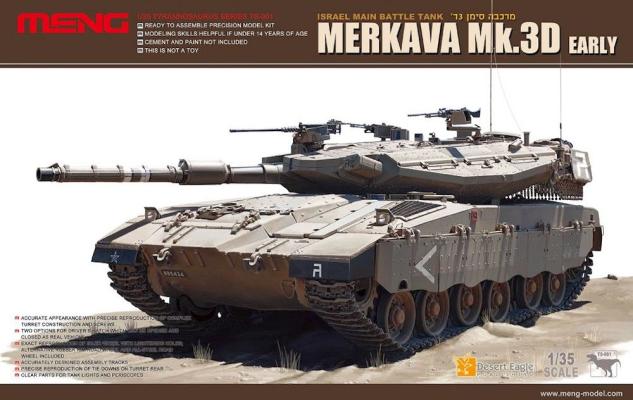
|
Merkava Mk.3D EarlyPublished:
HistoryThe Merkava Mk.3D main battle tank (MBT) in service in Israel Defense Forces (IDF) is the revised version of the Merkava Mk.3, equipping with a 120mm smoothbore gun, the BAZ gunner's sight and the panoramic commander's sight. The detachable add-on armor plates at the turret roof and its sides greatly increased the protection ability. As the most widely equipped MBT by IDF, the Merkava Mk.3D took action in the second Lebanon war in 2006, "cast Lead" operation in the Gaza strip in the winter of 2009 and many other security activities along Israeli border. KitThe kit is nicely boxed with all spruces individually sealed in plastic. There are eleven spruces, one clear spruce, Polly caps, upper turret, bottom turret, lower hull, upper hull, idle wheels,… more |
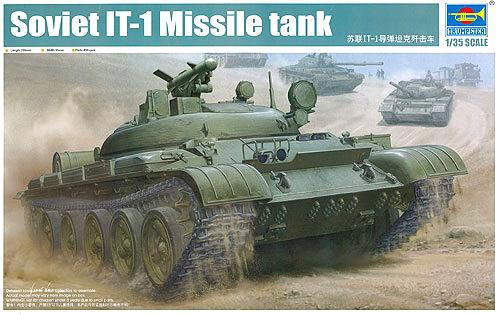
|
Soviet IT-1 Missile TankPublished:
HistoryThe IT-1 tank was a Soviet cold war missile tank based on the T-62 Hull. The tank was specially designed to carry and fire the 3M7 Drakon missile from a pop-up launcher. It saw limited service from 1968 to 1970. It was withdrawn due to the limited ammo it could carry and the large dead zone around the tank caused by the minimum range of the missile. Most were converted into recovery vehicles. The KitThe contents of the kit are nicely boxed and individually wrapped in plastic sealed bags. There are 19 sprues, 1 clear sprue, 1 PE fret, and the lower hull section. The instruction are in booklet form with 12 pages of black and white instructions. A separate color painting guide is also included. No decals come with the kit and there are no instructions to… more |
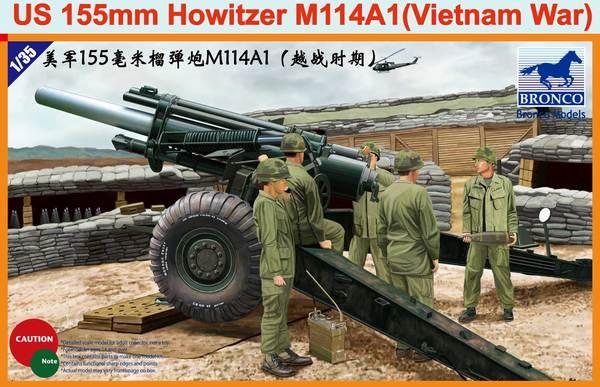
|
M114A1 155mm Howitzer (Vietnam)Published:
HistoryOriginally produced in 1941 as the M1A1, the gun was continuously updated and, during the 1960s, was rebuilt with its designation changed to M114, M114A1, and M114A2. These weapons served in Vietnam. The kit represents the M114A1 designation that served in the Vietnam War. KitInside the box are 10 spruces molded in olive drab plastic. All are sealed in plastic. The kit also includes 1 PE fret, 1 decal sheet, and an instruction booklet with color photos/drawings of the gun. There are 28 steps in the instructions, with a section on how to build the rounds and powder canisters/bags that are included with the kit. The parts are all nicely molded with very little-to-no clean up. The box art shows five figures stationed around the gun in the firing… more |
